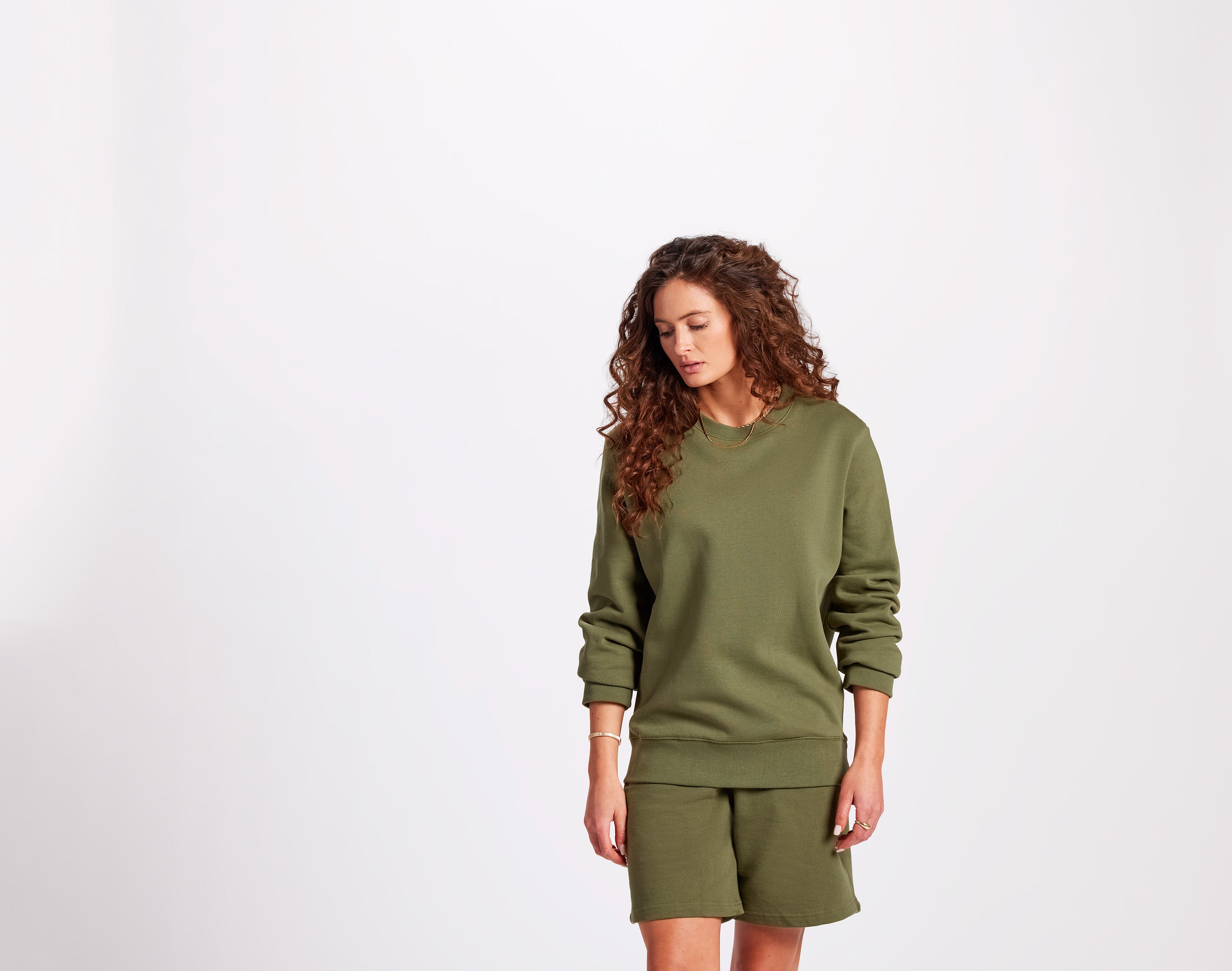What is Heat Transfer Printing?
The Process
Thermal-transfer printing involves using a heat press machine to transfer a print from a transferable wax sheet to a garment. The heat transfer printing process starts with printing out one’s desired design on a transfer sheet. From there you marry that page to an adhesive sheet (known as A and B paper), leaving way for a thermal-wax transfer onto the garment. Using a heat press machine, one presses the sheet directly onto the substrate (also known as the garment). Once it's been pressed, you peel away the transfer sheet. To solidify the print you cure the design using a heat press to make sure the design completely sticks to the substrate.
Types of Heat Presses
There are many types of heat presses - the term ‘heat transfer’ includes all prints that come from using heat to attach the print to the garment. There are two main types of presses, clamshell press and swinger press. Clamshell presses have platens that lift straight up, opening it completely. This function makes the machine easy and efficient to use. The swinger press also lifts straight up, but then the top platen swings to the right. This can be a nice feature when working with larger presses. Another popular option is the draw press, which mirrors the clamshell press with the addition of the pull out the bottom.
Vinyl Heat Transfer vs Digital Heat Transfer
There are two different methods of heat transfer. Vinyl heat transfer is a single-color vinyl paper. Utilizing special software, the design is created, and then a cutter machine plots and prints out the print on vinyl film. A manual weeding process is necessary to peel off the parts of the design that couldn’t be removed earlier. The final step is simply to flip the vinyl and use a heat press to join the print and the substrate into one.
For a digital heat transfer, the process is similar except the plotter machine is used to cut out the final design getting more accurate results. This is followed by a transfer of the white transfer paper to the substrate using a heat press machine. This yields a smooth finish and an almost invisible bleeding line. However, with digital heat transfer the bigger the design the more costly it is to produce.
Water Based Heat Transfers
Another option for an eco-friendly method of heat transfer printing would be water-based heat transfers. Water-based heat transfers are PVC free, and an eco-friendly way to print complex, multi-color designs. This form of printing is suitable for all fabric types without water proof coating; cotton, polyester, blends, and nylon.
What’s the Difference Between Heat Transfer and Standard Screen Printing?
There are many pros and cons when considering whether to choose screen printing vs heat transfer. Heat transfer is an easy and cost-effective process, specifically, when making small batches of garments and/or using detailed photographic design - a feature standard screen printing cannot achieve. However, unlike screen printing, the quality can vary dramatically depending on the type of garment used. So depending on the technique and machine used, heat transfer can be a very comparable option to the standard screen printing techniques, but if not used it can be very low in print quality.
The Pros and Cons of Heat Transfer Printing
Pros
There are many advantages to heat transfer printing. It is a good option for small quantity runs, photo prints, and complicated designs that can be transferred in full color. This method also allows for a variety of colors and garment placement that can create a highly-customized style.
Cons
Heat transfer printing is not ideal for larger volumes. With the technology of a heat press machine, there are limitations on placement options which can hinder customization. Using heat-sensitive fabric can also be considered a limitation. Additionally, heat transfer prints have seen a lot of fading/cracking over time and warped appearances when a garment experiences shrinkage.
Ensuring the Best Print with Heat Transfer Printing
Choosing the Right Apparel
Many people want to know how to use a heat transfer printer and if that process is right for them. After deciding to use the heat transfer printing method, the next step is learning to optimize your print for the designs. It is important when trying to create a reliable and long-lasting product to start with the right garment. Having 100% cotton t-shirts to print on will not only help produce the best print but also be a reliable garment. A design can only go so far until the quality of the garment becomes the focal point.





Leave a comment
This site is protected by hCaptcha and the hCaptcha Privacy Policy and Terms of Service apply.